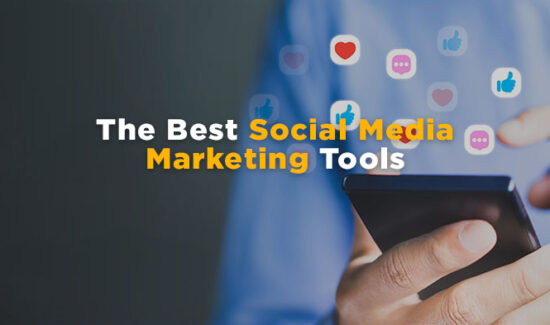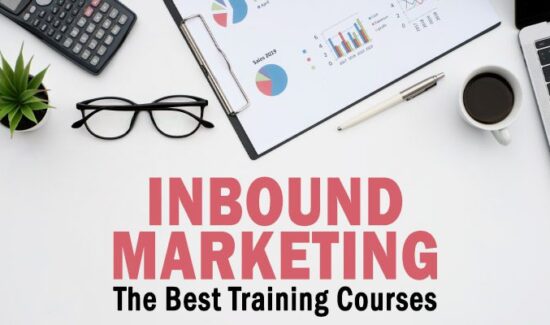3 Times When Manual Marketing Is Better Than Marketing Automation

We know what you’re thinking. “This is an automation site, why are we talking about manual marketing?” Bear with us. Too much of a good thing is never any good. Marketing automation is no different. It’s obviously a huge benefit to marketing professionals with all that can get done. But just like your mother used to limit TV time before bed, so too must we moderate automation. Automation supplements marketers; it does not supplant them. Here are some of the marketing functions that are still best carried out the old fashioned way.
1. Social Media Engagement
Every brand is on social media now. Twitter, Facebook, even Instagram. If you’re reading this your enterprise is definitely on at least one of the most popular platforms. It’s one of the best ways to interact with your customer base and endear them to your brand. Social engagement boasts proven benefits including heightened site traffic, boosted referral rates, and higher rates of lead conversion. But why shouldn’t you count social engagement in your automation efforts?
The long and short of it is automation technology across the board is just not capable of organic engagement yet. Brands need to have identifiable personalities on social media to benefit from it. If we’ve cited it once, we’ve cited it a thousand times: Wendy’s twitter account demonstrated a hugely personable brand personality to great success. People on social want to interact with a real person. Automation can’t do that for you, if anything it would alienate potential customers.
2. The End Conversion Process
At the end of the long hard road of a marketing push, you get the satisfaction of converting a lead into a sale. Its a satisfying moment to be sure. It’s the entire point of a marketer’s job. But should automation be involved in this process? Probably not.
As what is probably the most sensitive part of the process, conversion requires a lot of tender loving care on your part. It’s the final stretch. Something going wrong could mean the loss of the customer. Automation can bring you up to this point easily via lead nurturing and email campaigns, and could even theoretically get through the process itself. But realistically, there’s a point where you’ll want to take the reigns from your solution and manually work the lead into the sales-handoff to ensure a smooth transition and maximize your chances for profit.
3. Inbound Marketing
Inbound is one of the most effective methods for marketing: quality over quantity. Inbound is the strategy focused on creating quality content of interest to potential leads and drawing them to your enterprise. It generally has a longer shelf life than most other types of marketing efforts. Content designed to attract customers requires some higher level thinking. No solution currently on the market is going to be able to create compelling and well-crafted pieces of content. They can certainly do wonders for outbound processes i.e. shotgunning emails out en-masse. But if you’re looking to produce some higher quality content, put down the solution, open up Word, and get to work.























